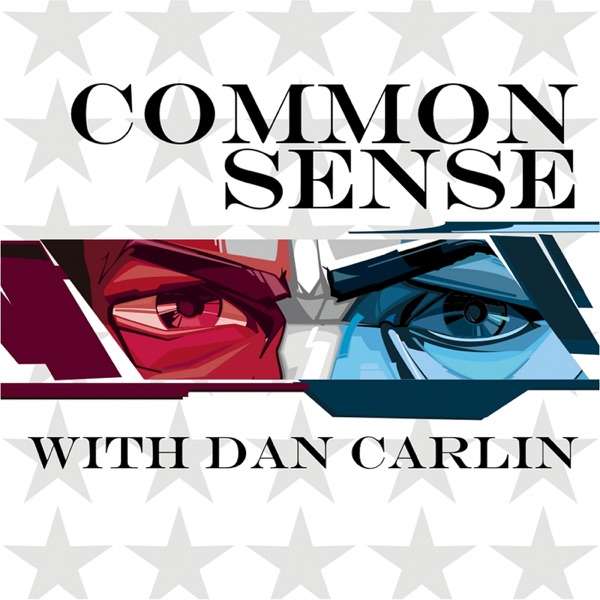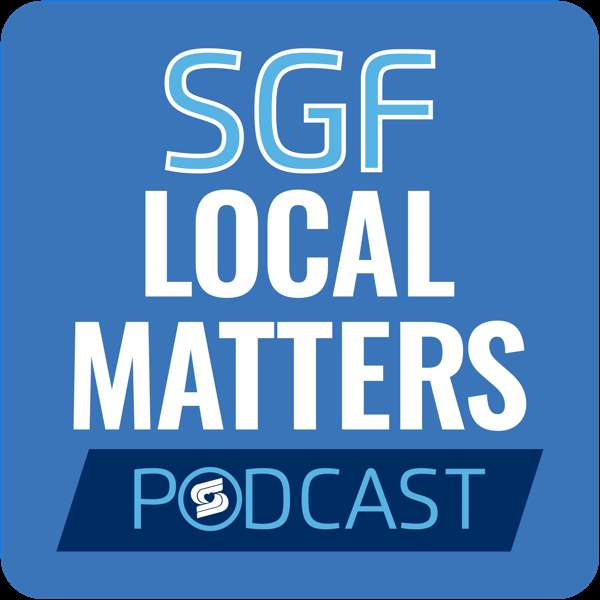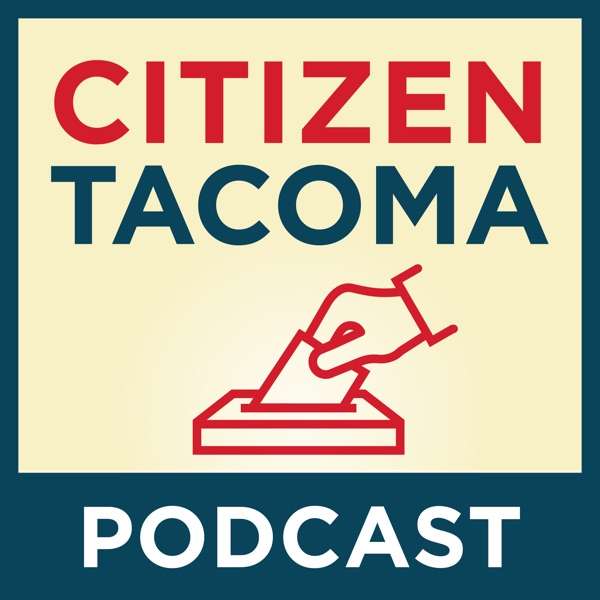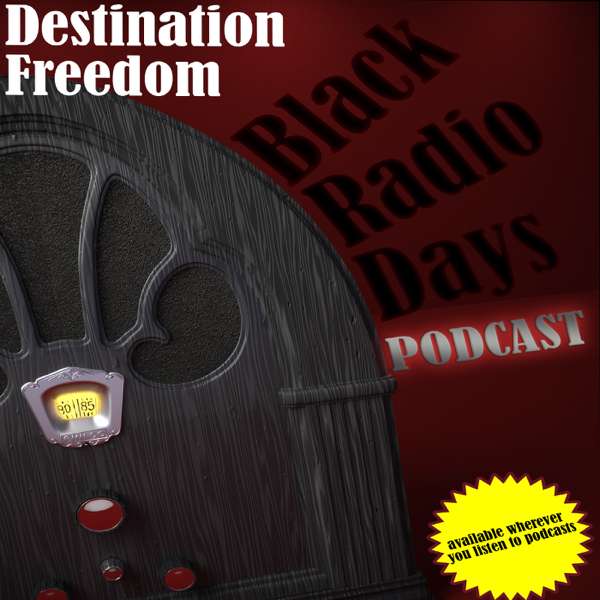In this conversation, Pat Ellis discusses the importance of shifting to the next continuum of care and finding joy in life despite challenges. They also explore the experience of delivering difficult news and the need for training in this area. The concept of resilience is discussed, with a focus on preparing for the emotional impact of the job and wearing mental and emotional body armor. Decision fatigue and its manifestation are explored, as well as the relationship between stress and nutrition. The mindset of career personnel and the difference between volunteers and career personnel are also examined. The conversation concludes with contact information for further inquiries.
Takeaways
- Secondary traumatic stress is the chronic exposure to other people's traumatic experiences and can impact first responders' mental, emotional, spiritual, and physical health.
- Secondary traumatic stress is different from PTSD and compassion fatigue.
- Vicarious trauma is a shift in worldview that occurs after prolonged exposure to trauma.
- Moral injury is an emerging term that is relevant to first responders' mental health. Traumatic events can have varying degrees of impact on individuals, and reactions can differ greatly from person to person.
- It is important to be aware of the signs of secondary stress, such as isolation, withdrawal, and hypervigilance.
- Supporting others and promoting self-care are crucial in maintaining emotional well-being.
- Developing daily self-care practices and seeking help when needed can help individuals cope with the emotional impact of their work.
- Choosing positivity, practicing positive self-affirmations, and maintaining hope can have a significant impact on one's outlook and resilience. Shifting to the next continuum of care is important for individuals experiencing challenges in their lives.
- Finding joy in life is possible even in the face of difficult circumstances.
- Training in delivering difficult news is crucial for professionals in emergency services.
- Resilience requires preparation and the wearing of mental and emotional body armor.
- Decision fatigue can impact decision-making abilities and energy levels.
- Stress can affect nutrition and dietary habits.
- The mindset of career personnel may differ from that of volunteers.
- Proactive planning for resiliency is essential for maintaining well-being.
Sound Bites
Chapters
00:00Technical Difficulties
02:00Introduction and Microphone Setup
05:19Background and Purpose of the Interview
08:08Teaching Secondary Traumatic Stress
11:19Success of Recent Class
12:06Definition of Secondary Traumatic Stress
13:18Differentiating Secondary Traumatic Stress from PTSD
18:02Compassion Fatigue and Vicarious Trauma
19:41Introduction to Moral Injury
21:27Shift in Worldview
22:50Differentiating Vicarious Trauma and Secondary Traumatic Stress
25:33Variability of Impact
26:19Cumulative Effect of Grief
27:44Different Reactions to Traumatic Events
29:36Signs of Secondary Stress
30:01Isolation and Withdrawal
31:19Hypervigilance
36:03Supporting Others
37:30Self-Care and Seeking Help
38:05Preparing for Emotional Impact
49:41Daily Self-Care Practices
53:46Positive Self-Affirmations
57:01Choosing Positivity and Hope
58:59Shifting to the Next Continuum of Care
01:00:05Finding Joy in Life
01:00:22Dealing with Grief and Dying
01:00:42Delivering Difficult News
01:01:11Teaching Others to Deliver Difficult News
01:01:28Striving Towards Resilience
01:02:10Resilience as Psychological Body Armor
01:03:02Preparing for the Emotional Impact of the Job
01:03:49Decision Fatigue and Lack of Energy
01:04:20Wearing Mental and Emotional Body Armor
01:05:53The Green Apron as a Cape
01:06:32The Concept of Decision Fatigue
01:07:21The Manifestation of Decision Fatigue
01:09:06The Relationship Between Stress and Nutrition
01:09:33Different Manifestations of Stress Release
01:12:22The Importance of Education and Preparedness
01:13:46The Mindset of Career Personnel
01:17:48The Difference Between Volunteers and Career Personnel
01:19:47Contact Information
01:23:06Global Reach of the Podcast
01:24:04Proactive Resiliency Planning

 Our TOPPODCAST Picks
Our TOPPODCAST Picks  Stay Connected
Stay Connected







